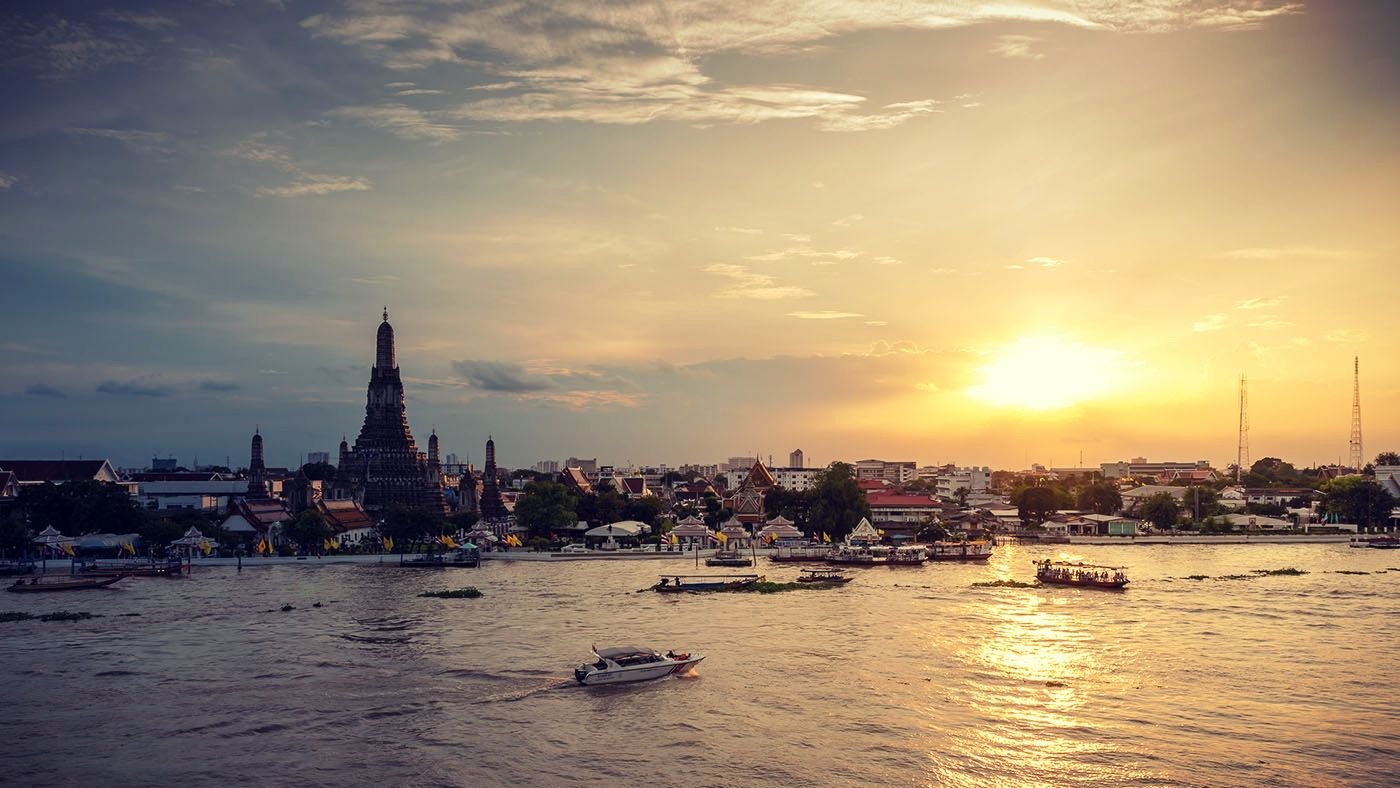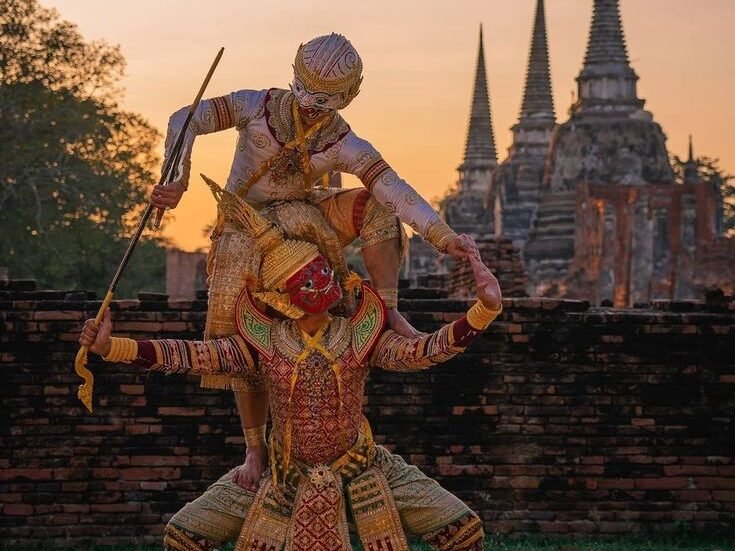Ayutthaya is a UNESCO World Heritage Site in Thailand with stunning temples, ruins, and a blend of Thai, Khmer, and Burmese architecture. It offers a fascinating destination for history buffs and avid travelers, with an intriguing connection to Ayodhya. Explore the rich tapestry of cultural and historical marvels.

Ayutthaya was the second capital of the Siamese Kingdom for over four centuries. Its strategic location along the Chao Phraya River played a pivotal role in fostering maritime trade and cultural exchanges. Immerse yourself in the rich history of this captivating city.
Ayutthaya and Ayodhya have strong cultural and religious ties, as explored by scholars and historians. Join the journey through time.

The connection
Explore the captivating blend of Theravada Buddhism and Hindu-Brahmanic traditions in Ayutthaya. The city’s cultural and religious diversity unfolds a rich tapestry, reflecting the harmonious coexistence of different traditions in this historic realm.
Delve into the historical connection between Ayutthaya and Ayodhya, as the ancient Thai city draws inspiration from Hinduism and the Ramayana. Named after Ayodhya, the birthplace of Rama, this cultural link is intricately woven into Ayutthaya’s heritage, shaping its identity across dynasties

Explore the fascinating adaptation of the Ramayana into the Thai version, Ramakien, during the Ayutthaya Kingdom. Delve into the cultural impact of Rama’s life on Thai traditions, showcasing the intricate connection between Ayutthaya and the Ramakien narrative.
Present day influence
Symbolic Soil: Ayutthaya’s Connection to Ayodhya
As soil from Ayutthaya contributes to the consecration of Ram Mandir in Ayodhya, witness the symbolic bond between Thailand’s Ayutthaya and India’s Ayodhya. Explore the profound heritage, reflecting the enduring impact of cultural exchanges and shared historical narratives.
